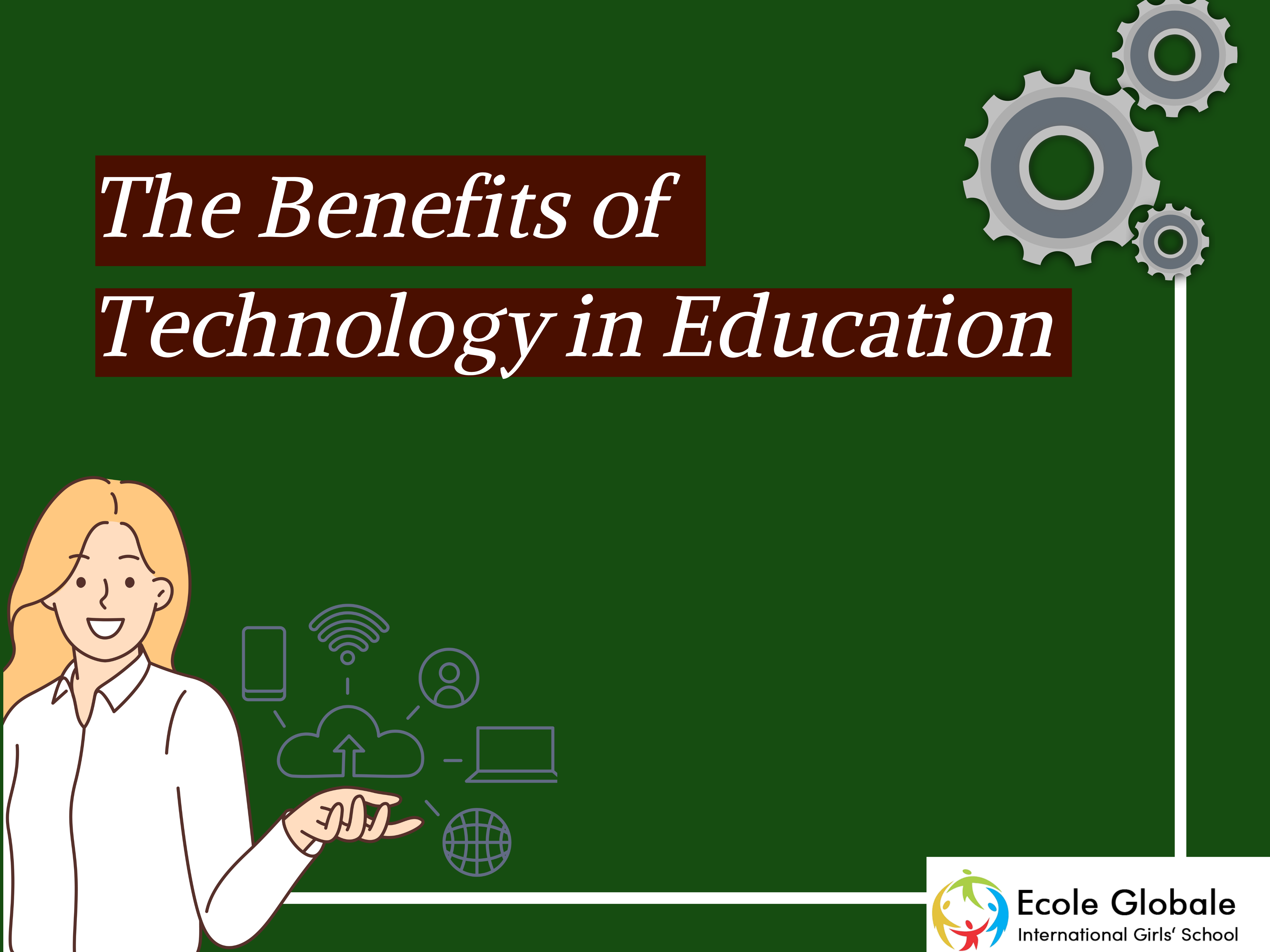In today’s rapidly evolving world, technology has become a crucial element in shaping educational experiences. For parents, college students, and teenagers, understanding how technology enhances learning can lead to better educational decisions and outcomes. This article delves into the benefits of integrating technology in education, highlighting its positive impact on both students and educators.
Enhancing Learning with Benefits of Technology in Education

Benefits of Technology in Education, often referred to as EdTech, revolutionizes how students access and interact with learning materials. Here’s how:
Accessibility of Educational Materials
- Diverse Resources: Modern EdTech provides students with access to a vast array of educational resources. From online libraries and academic databases to interactive learning platforms, students can choose materials that best suit their learning preferences and needs.
- Skill Development: The availability of various tools helps students acquire essential skills and knowledge required for their future careers, making learning more effective and personalized.
Key Points
Online Libraries: Offer extensive collections of academic texts and research materials.
Interactive Platforms: Provide engaging and personalized learning experiences through quizzes, videos, and simulations.
Improving Communication Skills

Effective communication is fundamental in both academic and professional settings. Benefits of Technology in Education enhance these skills in several ways:
Enhanced Communication
- Digital Platforms: Tools like email, instant messaging, and video conferencing facilitate seamless communication between students, teachers, and peers. This ensures that students can ask questions, collaborate on projects, and receive timely feedback.
- Collaborative Learning: Platforms such as Google Classroom and Microsoft Teams support group projects and discussions, promoting teamwork and collaborative problem-solving.
Key Points
Real-Time Sharing: Enables immediate exchange of ideas and feedback.
Collaboration Tools: Enhance group work and collective learning experiences.
Making Learning Fun and Engaging

The benefits of Technology in Education transform traditional learning into a more enjoyable and interactive experience:
Gamification
- Interactive Learning: Educational games and quizzes make learning engaging and fun. By incorporating game-like elements into lessons, students are more likely to stay motivated and enthusiastic about their studies.
- Increased Engagement: Gamified learning experiences encourage active participation and foster a deeper interest in subjects that might otherwise seem challenging.
Key Points
Educational Games: Help students grasp complex concepts through play.
Interactive Quizzes: Promote active learning and instant feedback.
Flexible Learning Opportunities

Technology offers unparalleled flexibility in how and when students learn:
Anytime, Anywhere Access
- Online Learning: Students can access courses and educational materials from any location and at any time. This flexibility allows them to balance their studies with other commitments and learn at their own pace.
- Remote Learning: Virtual classrooms and online lectures make it possible for students to engage in education without geographical constraints, expanding their learning opportunities.
Key Points
Flexible Scheduling: Study at convenient times and from various locations.
Broad Course Selection: Access to a wide range of subjects and programs not available locally.
Developing New Skills and Knowledge

Benefits of Technology in Education supports the acquisition of new skills and knowledge relevant to students’ future careers:
Skill Enhancement
- Online Courses: Students can enroll in specialized online programs to gain additional qualifications and expertise in different fields. This helps them stay competitive in the job market.
- Technology Proficiency: Familiarity with digital tools and platforms enhances students’ technological skills, preparing them for careers that rely heavily on technology.
Key Points
Professional Development: Access to courses and certifications that advance career prospects.
Digital Literacy: Improved ability to navigate and utilize technology effectively.
Supporting Mental and Physical Wellness

Educational technology can also positively impact students’ overall well-being:
Wellness Benefits
- Mental Health Apps: Various apps and online resources provide support for mental health, helping students manage stress and anxiety through mindfulness and relaxation techniques.
- Physical Activity: Interactive fitness programs and virtual PE classes encourage students to stay active and maintain physical health.
Key Points
Mental Health Resources: Tools for managing stress and mental well-being.
Fitness Programs: Virtual classes that promote physical activity and health.
Staying Updated with Technological Advancements

Keeping pace with technological trends is crucial for students:
Technological Literacy
- Continuous Learning: Exposure to the latest technological tools ensures that students remain knowledgeable about current trends and advancements. This adaptability is essential for future success.
- Future-Ready Skills: Understanding and utilizing new technologies prepare students for careers in rapidly evolving fields.
Key Points
Cutting-Edge Knowledge: Awareness of the latest technology and trends.
Skill Development: Readiness for technology-driven job markets.
Conclusion
Benefits of Technology in Education offers a multitude of benefits that enhance the learning experience for students of all ages. From improving communication skills and making learning more engaging to providing flexible learning opportunities and supporting overall wellness, Educational technology plays a vital role in modern education. By embracing these advancements, students can enjoy a more dynamic and effective learning journey, equipping themselves with the skills and knowledge needed for future success.









